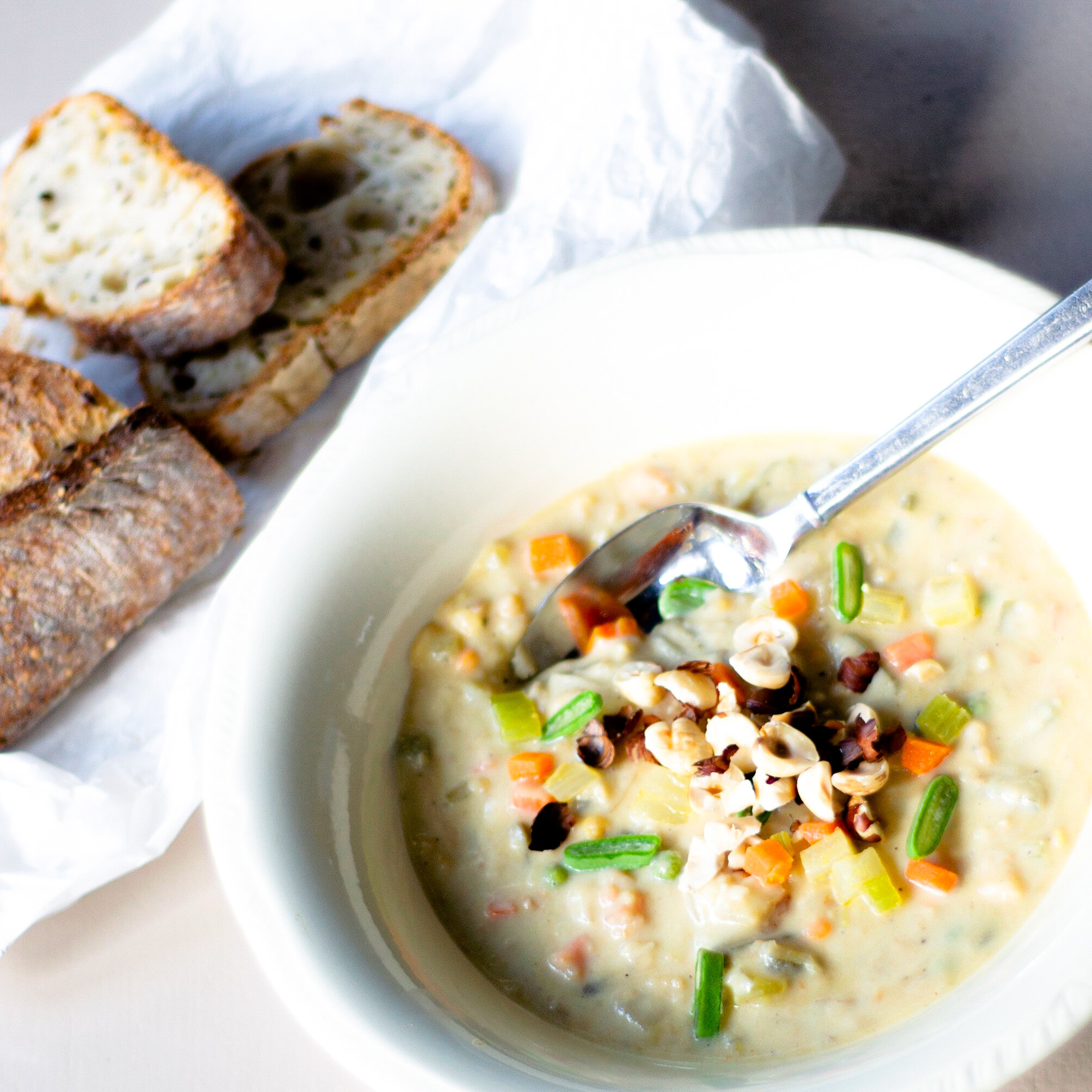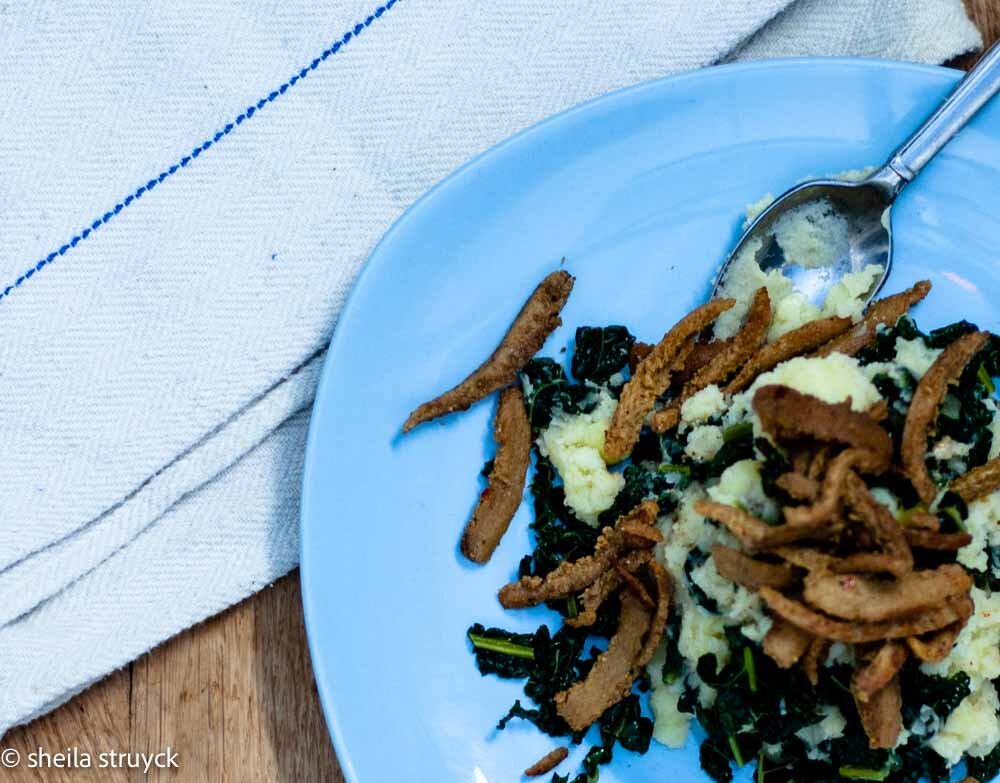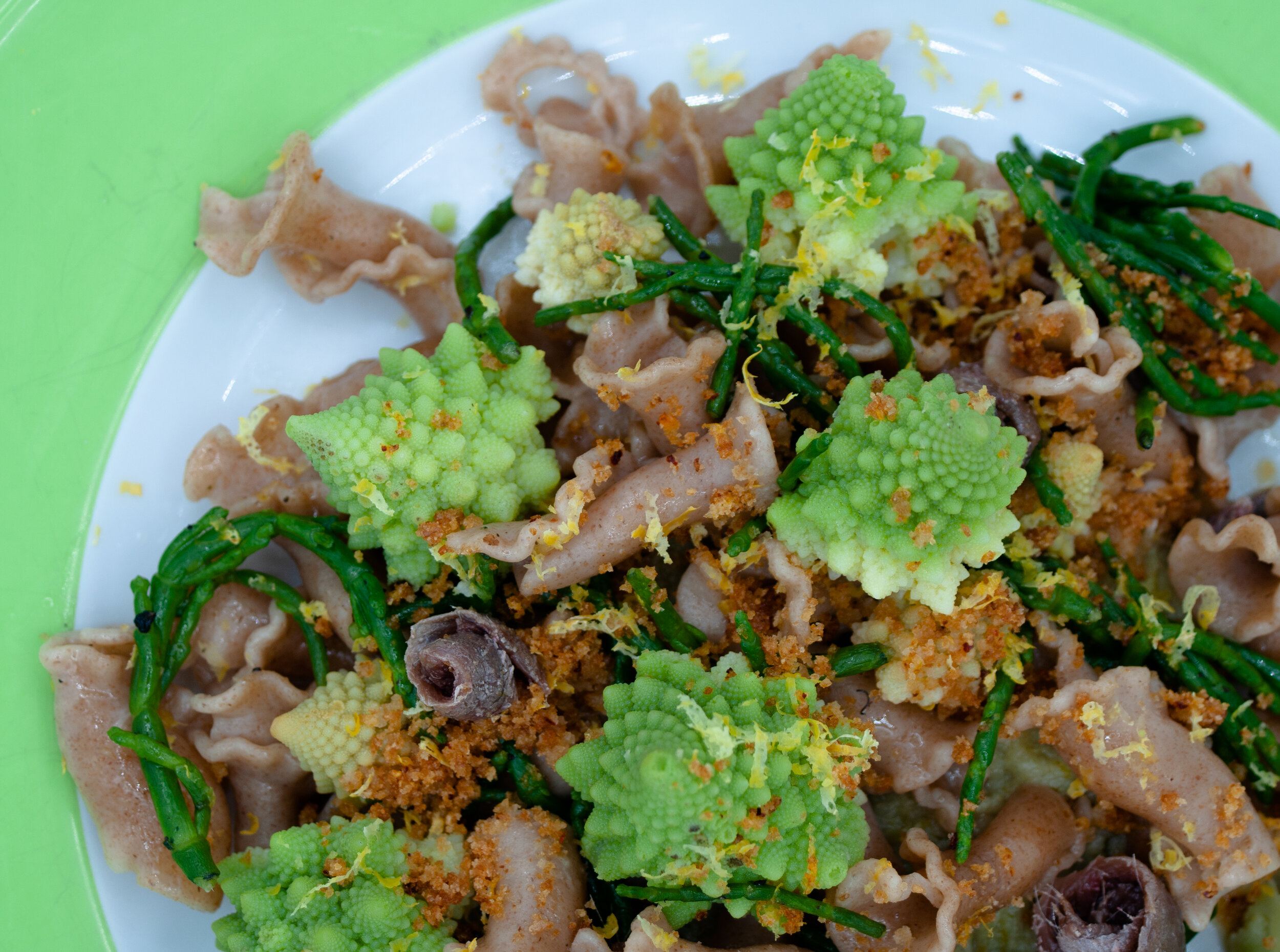The acceptance of now - essay Financial Times
At Le Cordon Bleu, the famous Parisian culinary institute, Investor and boardmember Sheila Struyck learned to create Michelin-star worthy dishes. But she also learned something else: embrace the moment in its fullest glory.
Essay in FD Persoonlijk (the dutch equivalent of Financial Times), 13-03-2021
With a sigh I move from a Zoom to a Teams meeting. Fourteen pairs of eyes stare back at me from the screen. Once we get started, to add to my uneasiness, I can see myself titivating my hair over and over again. My hand reaches for the mouse as if it has a mind of its own. Scrolling on Instagram and LinkedIn, I give the occasional nod and refresh my emails at the same time.
Afterwards I can’t really remember what the meeting was about. And, quite pathetically, I don´t even know what I've seen on my social media. I am not proud of it. My over-stimulated brain tries to keep itself going with more and more stimuli. But I feel less and less satisfied. I was so looking forward to delving into the culinary literature that I had ordered to cope with the looming second lockdown. But ‘I can't get around to it’, since I am busy frittering the day away on my laptop.
After thirty years working in international business ánd as an investor and non-executive Board director, I obtained my culinary arts diploma last year at Le Cordon Bleu in Paris and London. My graduation ceremony was on 28 September and just three weeks later all the restaurants in the Netherlands closed. Including GaleriAAA in Rotterdam, where I worked two days a week.
In order to at least improve my craft in this "nothing" time, I signed up for an online food writing course. Culinary writers such as M.F.K. Fisher, Julia Child, René Redzepi, Nigel Slater and Nigella Lawson are my inspiration and study materials.
Finally, just before going to bed, in an effort to dispel my displeasure with the day, I pick up Luke Barr's "Provence 1970”. It’s the story of Julia Child and M.F.K. Fisher (Mary used her initials because she thought a man's name would have more authority) spending the summer of 1970 in Provence working on a book. We know Child as one of the authors of "Mastering the Art of French Cooking", a recipe bible that was eight years in the making. In "The French Chef" she became one of the first ever TV chefs. M.F.K. Fisher was "always hungry" and loved a good meal. She was an influential food writer and wrote articles about the restaurants she frequented, the people she met there and what she ate.
The ladies are not really fond of each other but recognize in each other a love for the moment; in cheese just ripe enough to melt off your knife, in peeling self-caught shrimps and finding a good rosé in a small roadside restaurant. ‘One reason we are friends is we both understand the acceptance of now,’ wrote M.F.K. to Julia.
This ‘accepting the now’ has the sense of immediacy, dedication and obsession that many great Chefs have. It's about embracing what you have right now, what you are doing at that very moment and dedicating yourself to it. ‘Everything you pick up deserves your attention. That includes this celery’, said the Chef in our first class. ‘Peel them. Those threads are not pleasant to eat.’ He took a vegetable peeler and then cut the stem into a 3mm dice. ‘You can use this beautiful light green foliage as decoration’.
As an executive, I am good at taking in a lot of information, making quick decisions and setting out the big picture. Above all I am used to delegating all details as much as possible. So concentrating on cutting a carrot into millimetric slices was more difficult than expected. And I wasn’t even distracted by my phone or people chatting to me. That is not allowed in a professional kitchen. But I did not pay close attention. I was able to cut vegetables, and who will notice the difference? The aim was to learn complicated sous-vide preparations and working with lobster and crab, right?
‘You have to try harder with the cutting. It's uneven. It will look nicer if it is all the same size. But more importantly, it all cooks at the same time. So it tastes better. We treat every action and every ingredient with complete dedication’, was the explanation for the low mark I received for my work.
It seemed theatrical to me, like the obsessive cleaning and scraping the last drop out of the pan during the demonstrations. But finding pleasure in every action you take - even if you're peeling a whole crate of onions - is the key to success in the restaurant kitchen. When the Commis (apprentice chef) does not prepare the stock with the attention required the Ossobuco i gremolata, served by the Chef de partie the following evening, will lack depth and flavour. Basically, the Commis deflates all the love and attention their colleagues put into preparing this dish, based on the stock. It already starts with ordering and purchasing the ingredients. Only with great concentration will you be able to find the best products for the right price. What is available in abundance today and therefore also at its best? What can I do with the celeriac leaves after making the celeriac steak? Or with the parmesan crust left over after grating? By the way, I make a delicious minestra tricolore with both. That is not tomato soup with spaghetti and meatballs, but a creamy, warming soup. The crust is melted in and the leaves give a parsley-like taste.
Now, in March, the supply of local fruits and vegetables is limited. The challenge and the satisfaction is in seeing the beauty in an ugly turnip or dried Borlotti beans. In surrendering to the season and devoting yourself to the product in front of you. Look at a shrivelled apple and think about what you can do with it. Try things out and discover that kale, "stir-fried" with garlic and a little allspice, makes a delicious store cupboard dish. Accept the now. In the middle of winter there is not much to be gained by trying to source creamy asparagus, fresh bright green peas and juicy red strawberries. If you do find them in the store, you pay too much, they have flown thousands of kilometres and they are really not at their best. Your imagination always surpasses the flavour you can achieve with those.
Being ‘in the now’ takes little effort in the restaurant kitchen. If not, food will be burned or accidents will happen. And still I am sometimes tempted to take shortcuts or work too fast despite knowing that you always spend more time correcting a mistake than doing it right first time. Every apprentice chef is taught that. Maybe I should also apply this on my PC, in the home office?
This does not come without a struggle. Not getting distracted from a seemingly monotonous task takes effort and discipline. ‘Progress is doing a lot of little things right’, says famous chef Marco Pierre White. It means accepting the moment and making the most of it. Starting with removing all stimuli that give an excuse to digress. Turn off all notifications on the PC. Phone in drawer, iPad far away. And then to work. Follow the meeting with full attention. Take notes. Ask a question that will help the rest of the attendees move forward on the topic.
It's worth it: accepting the moment with attention and dedication reduces unrest. Concentration produces a kind of timelessness. When I completely ‘dissolve’ in an activity and do my very best to do what I have to do now - however trivial it may be - I feel content and calm. Just like when I am concentrating in a professional kitchen with razor sharp knives, hot pots and pans and blazing fire.
How I miss the professional kitchen now. Cooking at home is really something completely different. I murmur, ‘accept the now,’ and visit -as a reward for my meeting discipline - the fantastic greengrocer in my village. The first tender spring greens are on his shelves and I come home with samphire and Romanesco which is the bright green lovechild of cauliflower and broccoli is only available for a few weeks and resembles the eye of a chameleon.
I rack my brains about how to prepare them as tastily and beautifully as possible. René Redzepi's advice from ‘Progress’ is: ‘Prepare vegetables as if they were a precious piece of sirloin steak, then you get the best out of them’. So I grill, stew, marinate, blanch, brine and bake to find the best way. Then I combine with the samphire and other flavours that traditionally go well with cauliflower.
The verdict is that the romanesco's gentle flavour comes into its own when you steam it for a moment, give it a fright and then heat it up with a little bit of oil or butter. With a piece of white fish. Slightly delicate and a little spring on your plate. Just what I was yearning for.
Het Financieële Dagblad 13-03-2021






